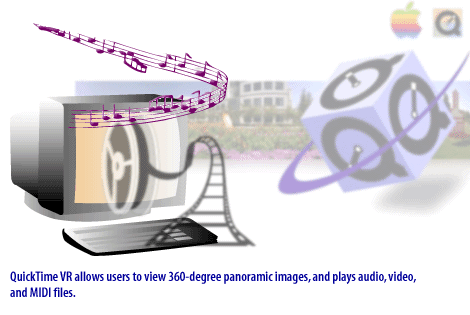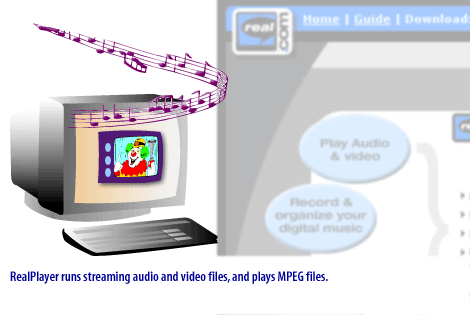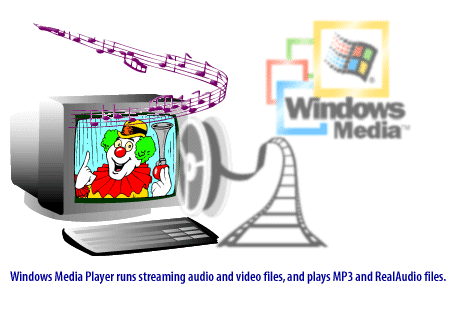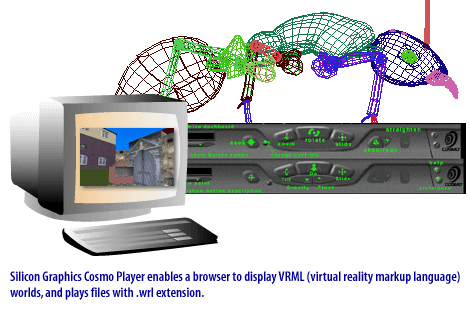| Lesson 7 | Using plug-ins |
| Objective | Describe the purpose of various plug-ins. |
Using Browser Plug-ins
Popular plug-ins
Plug-ins are helper applications that increase browser functionality.
They enable the browser to present animation, sound, or video. Some plug-ins are included with new releases of the browsers.
You will learn more about common plug-ins in the following SlideShow.
You will learn more about common plug-ins in the following SlideShow.














Common Plug Ins
Advantages and disadvantages of using plug-ins
Plug-ins let designers take advantage of many types of multimedia without having to supply or license the technology required for viewing them.
Some of the disadvantages of using plug-ins are as follows:
Some of the disadvantages of using plug-ins are as follows:
- Plus-ins are proprietary technology.
- Plug-ins may take up space in the browser window, limiting space for other elements.
- Not all plug-ins are available for all platforms.
- Most plug-ins have to be installed by the user.
- Some organizations prohibit users from downloading and installing plug-ins.
Delivering multimedia
Now that you know how multimedia is created, you should also know there are two ways to deliver multimedia elements (video and audio) on the Web:
Downloading an entire file before playing it back eliminates restrictions on playback quality, but visitors may find the download time unacceptably long, particularly for audio files, which can be very large. When a multimedia file is streamed, the playback starts while the file continues to download.
The next lesson wraps-up this module.
- Stream the file to the visitor's computer so that the sound or movie starts to play as the file continues to download.
- Download the entire file to the visitor's computer and then play it from within the browser or as a Java applet.
Downloading an entire file before playing it back eliminates restrictions on playback quality, but visitors may find the download time unacceptably long, particularly for audio files, which can be very large. When a multimedia file is streamed, the playback starts while the file continues to download.
The next lesson wraps-up this module.